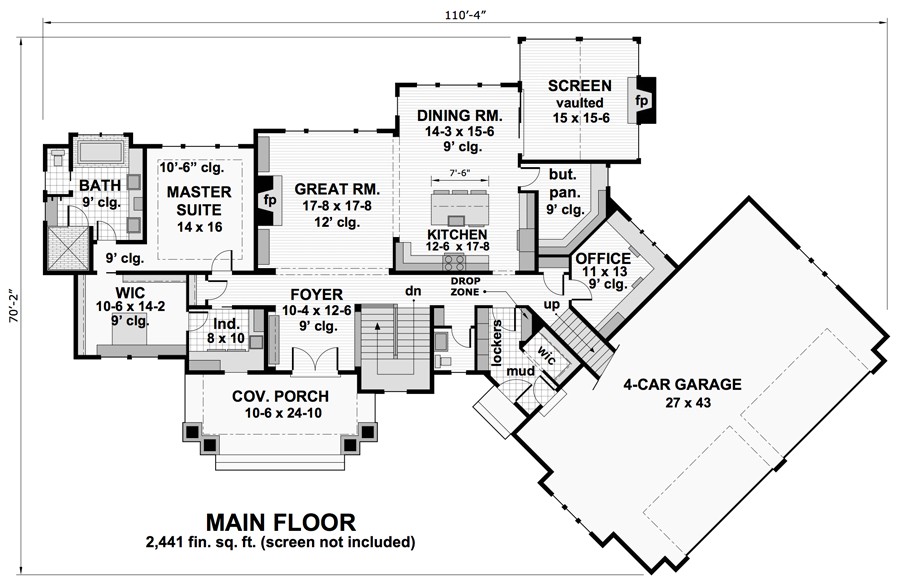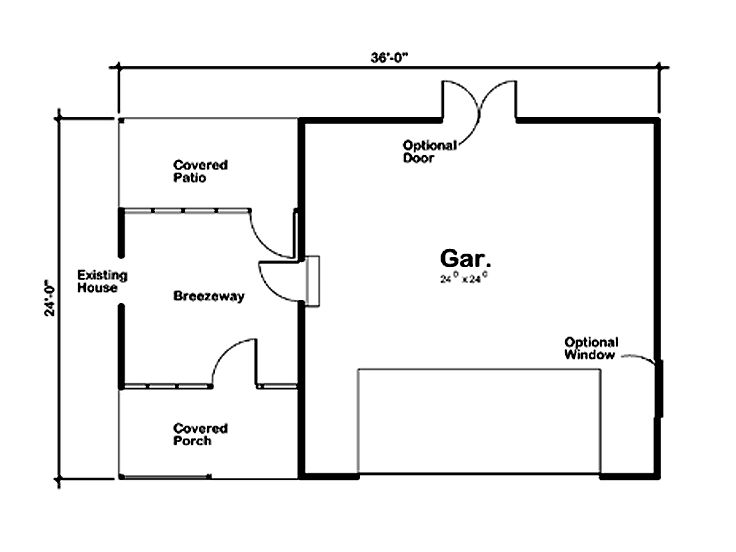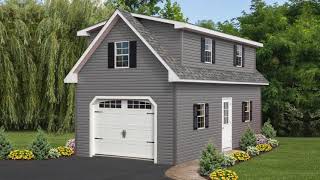
It is possible to maintain smooth operation of garage doors by lubricating them. It keeps the door from getting rusty and helps to prevent it from squeaking. It is important to lubricate your doors on a regular basis. There are some lubricants that work better than others. Talk to a professional about the best lubricant.
Garage door lubricant are available at your local hardware retailer. It is crucial to determine the toxicity of the lubricant, as some may be dangerous. Lithium-based spray on lubricants are the best. They are easy to apply, and are a great alternative to lithium grease. To spread the grease evenly, use a rag.
To clean your garage door hinges, you can use a rag. This helps you avoid getting grease on the hands. Your hinges are what allow the panels' to fold or unfold. The hinges may need to be lubricated as well.

A silicone lubricant is another way to lubricate your garage doors. Silicone lubricants can be used in spray form and at different temperatures. Silicone lubricants form clear protective film on your garage door that is tack-free.
Before you begin to lubricate the garage door, switch off the power. To clean the hinges and tracks, you can use a shop towel. Once you have cleaned your garage door, you can lubricate the rollers. Do not lubricate nylon rollers. A lubricant should also be applied between rollers and shaft.
Depending on your door's brand, you might have to lubricate it more often. Some models, like the aforementioned, require lubrication once every three to six months. Some models require lubrication at least once per year. Your door may become unbalanced if you use a heavy lubricant. Too light a lubricant can also cause damage.
There are many types on the market for lubricants, but the most widely used are spray-on lubricants that contain lithium and silicone. Lithium grease lubricates metal parts best. Make sure you choose an easy-to use lubricant when you're choosing one for your garage door. Make sure the lubricant doesn't collect dirt and dust.

As you lubricate your garage door, be sure to test its movement. To ensure that the lubricant gets evenly distributed, you should move the garage doors back and forth. Sometimes, a garage door that has too much lubricant may become less effective or even rusty.
It is possible to lubricate your garage door by yourself but be cautious. There are many parts to your garage doors that can become blocked with dirt and debris. By cleaning and lubricating them, you can ensure that they will last for a long time.
It is a good idea to lubricate the garage door every spring. North Carolina's cold weather can make it easy for dirt and other debris to get in your garage.
FAQ
How long does it usually take to remodel your bathroom?
Two weeks typically is required to remodel a bathroom. However, it all depends on how big the project is. Smaller jobs, such as adding a shower stall or installing a vanity, can be completed in a day or two. Larger projects, such as removing walls and installing tile floors, and plumbing fixtures, can take several days.
Three days is the best rule of thumb for any room. For example, if you have four bathrooms you would need twelve days.
Which order should you renovate the house?
First, the roof. The second, the plumbing. Third, the electrical wiring. Fourth, the walls. Fifth, the floors. Sixth, the windows. Seventh, doors. Eighth is the kitchen. Ninth are the bathrooms. Tenth, the garage.
After you have completed all of these tasks, you will be ready to go to the attic.
Hire someone to help you if you don't have the skills necessary to renovate your home. It takes patience, time, and effort to renovate your own home. It can also be expensive. It will take time and money.
While renovations can be costly, they can help you save a lot of money over the long-term. A beautiful home can make your life easier.
What are some of the largest costs associated with remodeling your kitchen?
A few key costs should be considered when planning a kitchen remodeling project. These include demolition, design fees, permits, materials, contractors, etc. They seem quite small when we consider each of these costs separately. But when you combine them, they quickly add up to be quite significant.
Demolition is usually the most expensive. This includes removing the old cabinets, appliances, countertops, flooring, etc. The drywall and insulation must then be removed. Finally, you have to replace those items with new ones.
Next, you must hire an architect to draw out plans for the space. You will need permits to ensure your project meets the building codes. The next step is to find someone who will actually do the construction.
Once the job has been finished, you need to pay the contractor. The job size will determine how much you spend. This is why it's important to get estimates form multiple contractors before hiring one.
You can sometimes avoid these costs if you plan. You might get better deals on materials and even save some time. It is possible to save money and time by knowing what to do.
Many people install their cabinets by themselves. This will save them money as they won't need to hire professional installation services. It is often more expensive to have professional installation services. A professional will usually finish a job in half as much time as you would.
Unfinished materials can also be a way to save money. You should wait until all of the pieces have been assembled before you buy pre-finished items like cabinets. By buying unfinished materials, you can start using them right away. And you can always decide to change your mind later if something does not go according to plan.
But sometimes, it isn't worth going through all this hassle. You can save money by planning your home improvement project.
What does it cost to tile a shower?
If you're going to do it yourself, you might as well go big. Full bathroom remodels are an investment. But when considering the long-term value of having a beautiful space for years to come, it makes sense to invest in quality materials and fixtures.
The right tiles can make a huge difference in how your room looks and feels. This guide will help you select the right tiles for your project, no matter how small or large.
First, you need to choose which flooring material you want. Ceramics, porcelain, stone, and natural wood are common choices. Select a style, such as classic subway tiles or geometric patterns. Choose a color combination.
If you are remodeling a large bathroom, you'll likely need to match the tile with the rest. For example, you may opt for white subway tile in the kitchen and bath area while choosing darker colors in other rooms.
Next, estimate the scope of work. Is it time to upgrade a small powder area? Or would you rather add a walk-in closet to your master suite?
After you have determined the scope of work, visit local shops to see samples. By doing this, you will get an idea of the product's installation methods.
You can also shop online to find great deals on porcelain and ceramic tiles. Many sellers offer bulk discounts and free shipping.
What should I do with my current cabinets?
It all depends on whether you are considering renting out your home or selling it. If you're planning to sell, you'll probably want to remove and refinish the cabinets. This gives buyers a feeling of newness and allows them to visualize their kitchens when they move in.
The cabinets should be left alone if you intend to rent your home. Many tenants are unhappy with the mess left behind by former tenants.
You could also paint the cabinets to give them a fresh look. Use a high-quality primer. Low-quality paints may crack over time.
How do I determine if my house requires a renovation or remodel?
First, consider whether your home has been updated in recent times. You might want to renovate if you haven’t had any home updates in several years. You might also consider a remodel if your home is brand new.
Second, make sure to inspect the state of your home. If there are holes in the drywall, peeling wallpaper, or broken tiles, it's likely time for a renovation. A remodel is not necessary if your home appears to be in great condition.
Also, consider the general condition of your property. Is the structure sound? Do the rooms look good? Are the floors clean? These are crucial questions when deciding on the type of renovation to do.
Statistics
- $320,976Additional home value: $152,996Return on investment: 48%Mid-range average cost: $156,741Additional home value: $85,672Return on investment: (rocketmortgage.com)
- Following the effects of COVID-19, homeowners spent 48% less on their renovation costs than before the pandemic 1 2 (rocketmortgage.com)
- 55%Universal average cost: $38,813Additional home value: $22,475Return on investment: 58%Mid-range average cost: $24,424Additional home value: $14,671Return on investment: (rocketmortgage.com)
- Windows 3 – 4% Patio or backyard 2 – 5% (rocketmortgage.com)
- bathroom5%Siding3 – 5%Windows3 – 4%Patio or backyard2 – (rocketmortgage.com)
External Links
How To
How to Install Porch Flooring
Installing porch flooring is easy, but it does require some planning and preparation. Before installing porch flooring, you should lay a concrete slab. If you don't have a concrete slab to lay the porch flooring, you can use a plywood deck board. This allows you to install the porch flooring without making an expensive investment in a concrete slab.
When installing porch flooring, the first step is to secure the plywood subfloor. Measure the porch width and cut two pieces of wood to fit the porch. These strips should be placed along both sides of the porch. Next, nail the strips in place and attach them on to the walls.
After securing the subfloor, you must prepare the area where you plan to put the porch flooring. This involves typically cutting the top layer from the floorboards to fit the area. Finish the porch flooring by applying a finish. Polyurethane is the most common finish. A stain can be applied to porch flooring. Staining is easier than applying a clear coat because you only need to sand the stained areas after applying the final coat of paint.
Now you are ready to put in the porch flooring. First, measure and mark the location of your porch flooring. Next, measure the porch flooring and cut it to size. Set the porch flooring on its final place, and secure it with nails.
You can install porch stairs if you want to add more stability to your porch flooring. Porch stairs, like porch flooring are usually made of hardwood. Some people prefer to put their porch stairs up before they install their porch flooring.
Once you have installed your porch flooring, it is time to complete the project. First, you must remove the porch flooring and replace it with a new one. Then, you will need to clean up any debris left behind. Make sure to clean up any dirt and dust around your home.